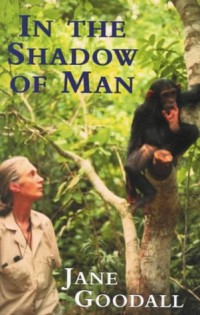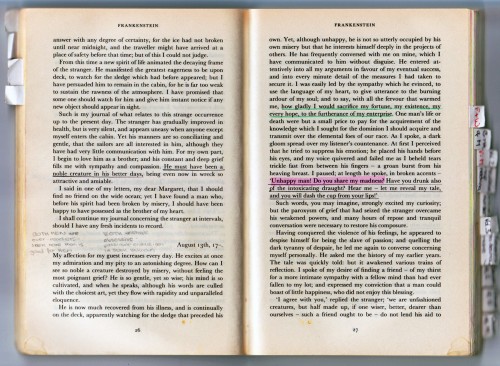June reading round-up

In this month of #bookaday running into Independent Booksellers Week I certainly haven’t read a book a day or even some of a book every day, but I have visited my favourite independent bookshop: Mr B’s Emporium of Reading Delights in Bath. Despite the towering TBR I couldn’t leave empty-handed, so Tim and I picked two books each to treat ourselves!
I’ve been busy at work and enjoying the glimpse of summer we had until the last few days, so it wasn’t my greatest or my worst month reading-wise, but to spice things up I did review a great musical at Bristol Old Vic and Germaine Greer’s talk at Bristol Festival of Ideas. I love living somewhere with events like those pretty much every night. If only I had the time, money and energy to go to them all!
Books read
Tales from the Secret Annexe by Anne Frank (review)
Captain America: Castaway in Dimension Z – volumes 1 and 2 by Rick Remender and John Romita Jr (review)
In the Shadow of Man by Jane Goodall (review)
Sex Criminals, Volume 1: One Weird Trick by Matt Fraction and Chip Zdarsky (review)
The Needle’s Eye by Margaret Drabble
Short stories read
“Father’s last escape” by Bruno Schulz (New Yorker Fiction podcast)
“St George” by Gail Godwin (Selected Shorts podcast)
“The trickle-down effect” by Annie Proulx (Selected Shorts podcast)
“Now that you’ve died” by Patrick Ness (Guardian Books podcast)
“The lone pilgrim” by Laurie Colwin (Selected Shorts podcast)
“The night bookmobile” by Audrey Niffenegger (Selected Shorts podcast)
“Home” by Jess Pineda (Empower: Fight Like a Girl! anthology)
“Stolen child” by Jennifer Quintenz (Empower: Fight Like a Girl! anthology)
“Still waters” by Lisa Randolph (Empower: Fight Like a Girl! anthology)
“Martyoshka” by Kay Reindl (Empower: Fight Like a Girl! anthology)
“Bat Girl” by Kira Snyder (Empower: Fight Like a Girl! anthology)
“Crystal Brook” by Jeane Wong (Empower: Fight Like a Girl! anthology)
Happy summer everyone!










